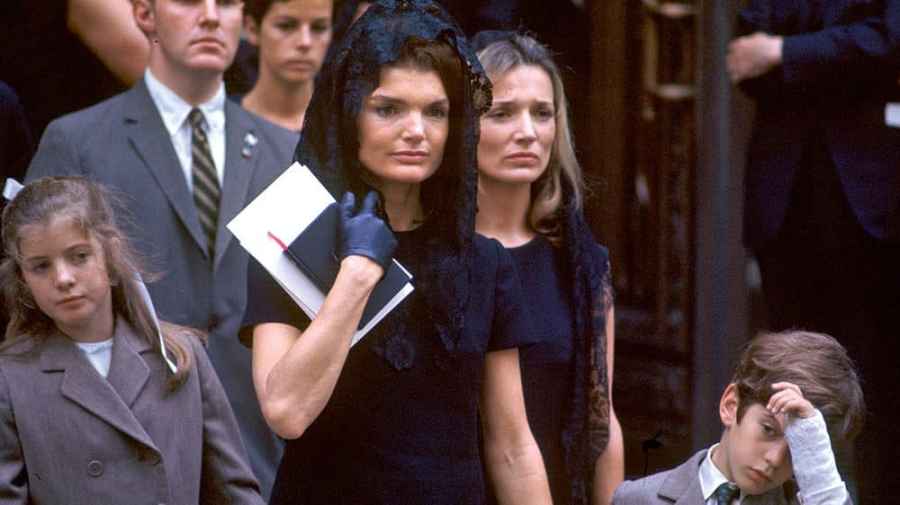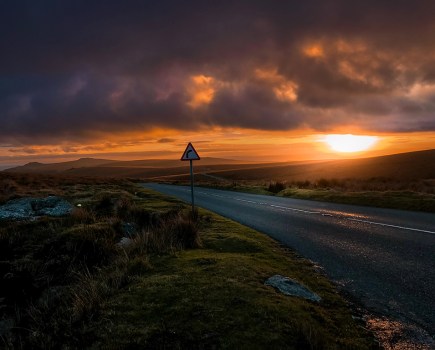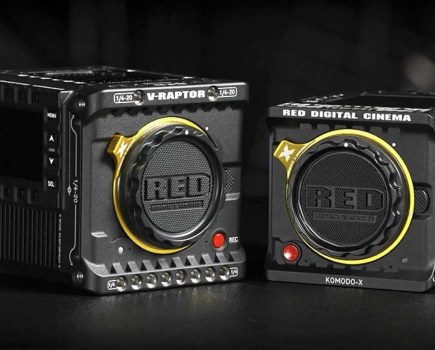
Sir Winston Churchill pictured during his last visit to his old school, Harrow, England, 1960. Credit: Harry Benson
Despite having lived in the US for over half a century, Harry Benson’s distinctive Scottish accent is as clear as a bell down the phone line from his New York home. Just shy of his 88th birthday, he took time out to speak to AP about his career and his latest book, Persons of Interest, which features a selection of his best images from 1957 to 2016. His first published photograph, of a roe deer, was in the Glasgow Evening Times 70 years ago, and his body of work includes the legendary image ‘The Pillow Fight’ featuring the Beatles, which was chosen as one of TIME magazine’s collection, 100 Photos: The Most Influential Images of All Time.
Benson’s interest in photography was sparked during the Second World War, as he explains: “Seeing photographs of Churchill and different things going on… It was exciting and you didn’t need a degree to be a photographer. You just had to work hard, know your cameras, be interested in and be passionate about what you did, and keep looking at photographs.”
Benson spent a couple of years at Glasgow School of Art on a commercial art course but admits that he had an uncomplicated approach to photography. “Photography, to me, was always straightforward and honest. If you took the best picture that day you became ‘heavyweight champion of the world.’ That was really my way of working on Fleet Street and anywhere – to do my best. Really, a camera is there for you to tell it what you want to do. You’re in charge of it – it’s not some secret weapon that you need a code for. Just get to know your camera, put it in interesting positions and interesting places. Take images that haven’t been seen before.”

Boxer Cassius Clay hits his opponent Sonny Liston during their first fight in Miami, Florida, February 1964. Clay changed his name to Muhammad Ali shortly afterwards. Credit: Harry Benson
Cameras and films
As you can imagine, Benson’s long career spans astonishing leaps in camera technology.
“I started out with plate cameras and glass negatives; a camera like the Thornton-Pickard – the one the press was using in Scotland,’ he recalls. ‘In London it was the Kodak 3B, another plate camera. But you would look in American magazines and newspapers, and you would see photographers using Speed Graphics – they were just way ahead. Through all of this there was the 35mm, which the photographers at LIFE magazine were using.”
He admits to wishing he’d used his Rolleiflex ‘more often’ and adds: “I used 35mm a lot. I used Minoltas and now I use Canon digital cameras all of the time. Digital, to me, is magic. You had to go digital but, in my view, there should be a big monument somewhere for Kodak Tri-X because that was the greatest film ever made. In a way it was like digital – you would always get a photograph and it was just a great film.”
Early in his career, having 12 shots to play around with was quite a big deal for Benson. “I’ve been doing photography for a long time but technology has changed a lot,” he explains. “The glass negatives were difficult. If you went on a job and you had 12 negatives and 12 plates, that was considered quite a lot, but now the digital cameras go on taking pictures forever.”
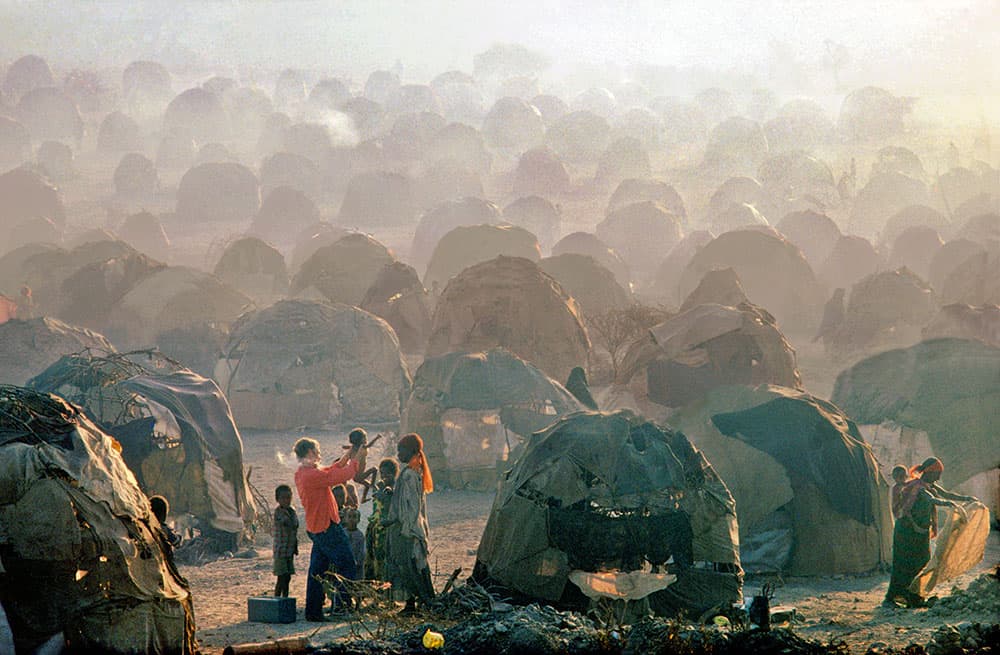
A refugee camp in Las Dhure, Somalia, 1981. Credit: Harry Benson
Going to the US
Benson’s arrival in the US in 1964, with The Beatles, was a pivotal point in his career. “America was easier to work in than London,” he reveals. “They were more open and more encouraging. They were more likely to say, ‘Yes, we could do with another photographer on this story.’ It would be covering something like the civil rights stuff, Martin Luther King, race riots or whatever. They were real stories.”
As shown perfectly in Persons of Interest, Benson’s photographic career has often switched between his gritty reportage work and his spontaneous celebrity portraiture, usually shot on location.

An image from the James Meredith March for civil rights, near Canton, Mississippi, USA, June, 1966. Credit: Harry Benson
“As you can see from my work, I’d do any piece of sh*t that came up,” he confesses. “I’m not being funny – I would do anything. The thing about photography is that you don’t know what you are going to get until you open the door; until you go inside. I think that’s why people liked me when I worked on the Daily Express. I would always be the first man in and the last man out – I’d always try to do that.”
His main bugbear, however, is studio portraiture. “A photographer in a studio goes in and basically takes the same picture all the time. That’s what they do. They play it safe and they’ve got it done – the cover shot or whatever.
“It’s basically crap. I’ve done over 100 covers for People – dozens for LIFE – but I wouldn’t put any of them in a book. Studio photography is not really photography – it’s dress designing. A good photograph is a glimpse and then it’s gone forever. It can never happen again; it’s spontaneous and it’s simple. The Beatles will never have another pillow fight or Muhammad Ali or President Nixon will never do this again. It’s all in the moment. I don’t look at studio pictures, because they’re not true.”
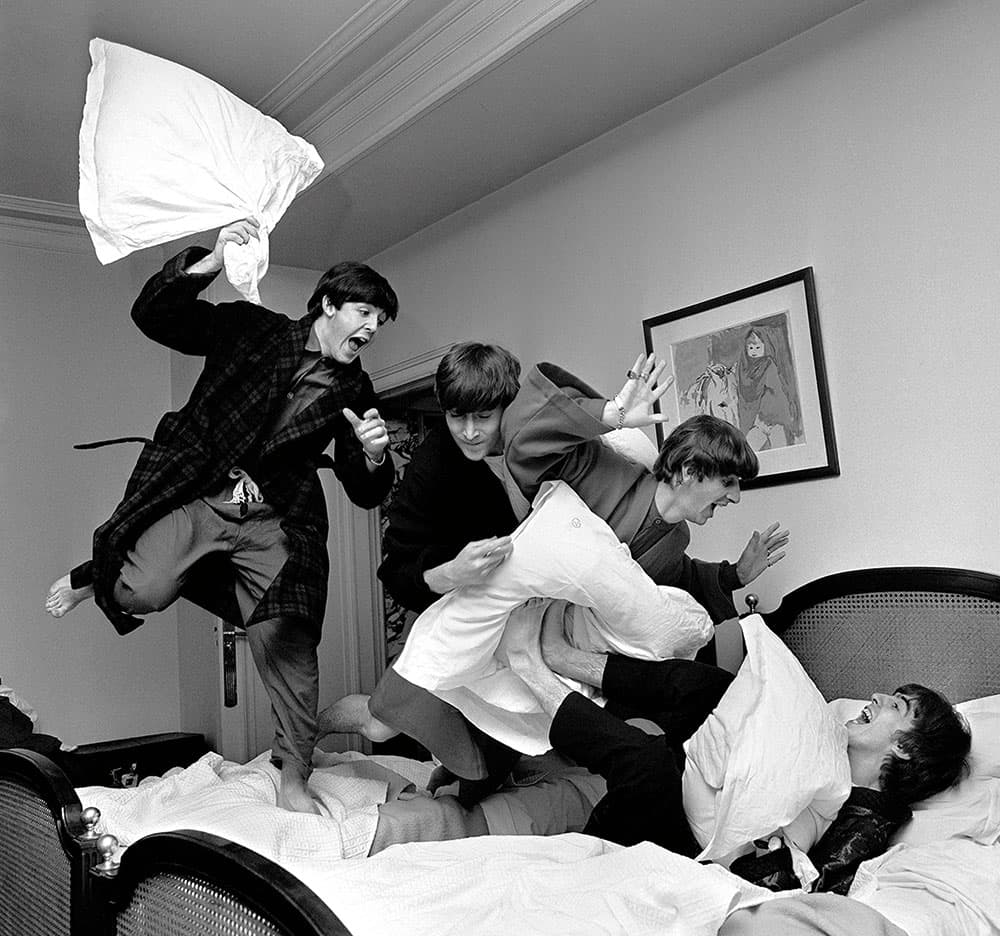
The Beatles have a pillow fight at 3am in the George V Hotel in Paris, January 1964, after learning that I Want To Hold Your Hand had gone to number one in the US charts. Credit: Harry Benson
His biggest story
The story that sticks out in Benson’s mind is the 1968 assassination of Senator Robert F Kennedy. “I was next to Bobby Kennedy when he was shot. I did the story from start to finish. This was my job and I did it with the Nikon that I had. I covered the whole civil rights period with Nikons. I always went light, with no more than two cameras. I wanted to be mobile and fast. The main point was getting in and getting the picture. If the picture was initially sh*t, then I would take a better one.”

Senator Robert F Kennedy lies on the floor shortly after being shot at the Ambassador Hotel, Los Angeles, California, 5 June, 1968. Credit: Harry Benson
“I learned very quickly in my life and career that when I got to an event, anywhere, I needed to immediately photograph what I saw because it changes, and what you see at the beginning doesn’t come back. Sometimes it doesn’t mean anything but it’s always good to get that first impression,” he says.
The vast majority of Benson’s pictures in Persons of Interest were shot in black & white. “I wanted to make absolutely sure that the pictures would come out and be good photographically,” he reveals. “Way back, colour didn’t always respond in the best possible way. I mean, Ektachrome was the crappiest film ever; it was terrible. Kodachrome was good but you couldn’t use it in certain conditions. I’ve always preferred black & white.
“I believe in black & white pictures because all our lives we’ve looked at them. I think digital has made it easier and the colours are so good now. We never had that back then, but I have no regrets about not having good colour in the main part of my career.”

Former First Lady Jacqueline Kennedy with her children, leaving the funeral of Robert F Kennedy at St Patrick’s Cathedral, New York City, 8 June, 1968. Credit: Harry Benson
His new book
As with many of his book and exhibition projects, Benson’s Texas-born wife, Gigi, did the picture edit for Persons of Interest. “It’s a retrospective but it was really my wife who did it all,” admits Benson. “She got the pictures together and it was a lot of her taste because she’s worked with me for a long, long time. I never took her on a job with me but she knows all of the pictures.”
So what can people expect from the book? “That’s easy: it’s the best photographic book you’ll ever see in your life – it’s got everything for everyone!” he jokes before adding, more seriously, “Well, it’s got to be interesting and there are a lot of interesting things covered in it: starvation in Africa and all the stories I’ve done. I’ve photographed 12 US presidents – everyone since Eisenhower. I did a portrait of the Queen at Buckingham Palace three years ago. I mean I’ve done a hell of a lot and I’m still working.”
I ask him what his most recent work has been. “Donald Trump and other headcases!,” he replies, laughing.
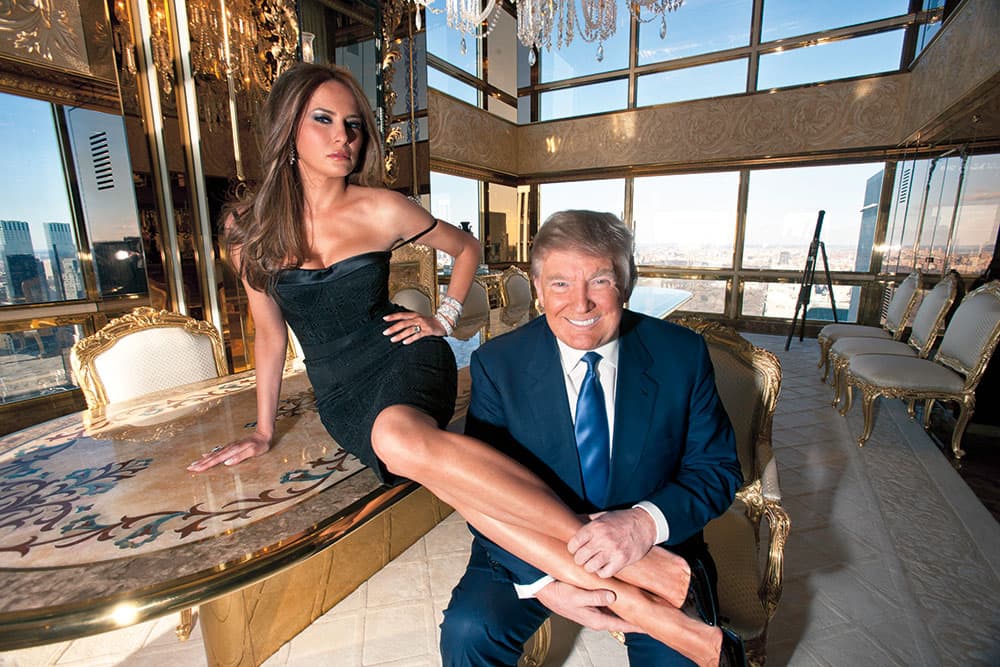
Donald and Melania Trump pictured in their Trump Tower apartment overlooking Central Park, New York City, 2010. Credit: Harry Benson
He continues: “If I had a personality, like a president, to photograph, I always tried to push them as far as I could go. That’s because with celebrities, in a way, you keep their image alive, so they’ve got to do something more than just sit in a chair. I want something different from the photograph. People always said to me, ‘You’ve got to see my point of view’, but I’d make a mistake if I took their point of view. The only point of view that matters is your point of view.
“Basically it’s got to be, ‘F*** his point of view’ because I’m not out to debunk or hurt them, or help their career. People want you to become like another publicist, but I’m doing my own job.”
As the interview nears an end, Benson suddenly turns the tables on me and, out of the blue, he asks: “Do you like my pictures?”
“Yes, they are a fantastic record of history and the people who made it,” I quickly reply.
He laughs loudly and quips, “Well, it would be a bad thing if I’d been talking to you for an hour and you actually think my book’s a piece of sh*t!”

US President Richard Nixon gives a speech at the Israeli parliament, the Knesset, Jerusalem, Israel,1972. Credit: Harry Benson
 Persons of Interest by Harry Benson CBE, (powerHouse Books, ISBN: 978-1-57687- 862-0, £63.95), features the photographer’s celebrity portraits and photojournalism from 1957 to the present day, plus his revealing commentaries on the pictures. To find out more, visit www.powerhousebooks.com.
Persons of Interest by Harry Benson CBE, (powerHouse Books, ISBN: 978-1-57687- 862-0, £63.95), features the photographer’s celebrity portraits and photojournalism from 1957 to the present day, plus his revealing commentaries on the pictures. To find out more, visit www.powerhousebooks.com.
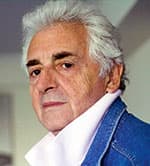
Credit: Gigi Benson
Harry Benson is a portrait photographer and photojournalist. He travelled to the US with The Beatles in 1964 and has never looked back. In 2009 he was made a CBE for services to photography and in 2017 received a Lifetime Achievement Award from the International Center of Photography. Visit www.harrybenson.com.

